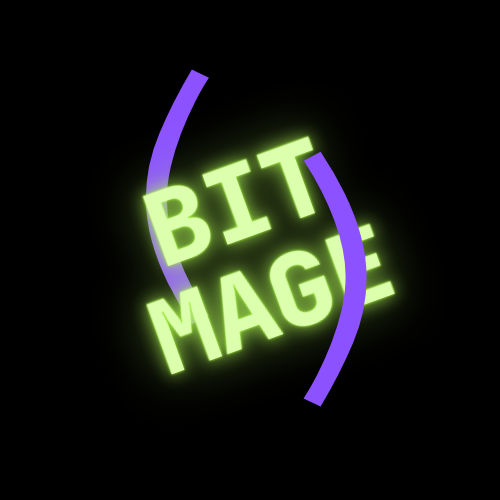The Most Important Book You'll Ever Read
To know thyself, is the beginning of wisdom
Socrates
On tangibility of the past
All of us create content, every moment, tuned to varying extents of influence and permanence.
It’s intent that separates us all into different leagues of
producers.
Let me explain via a hierarchical build up of selected formats of content with
varying intensity.
Note that the list isn’t exhaustive by any means and I’ve deliberately
excluded works of larger scale (movies, video games : they have the
potential to be the most influential kind of content out there).
